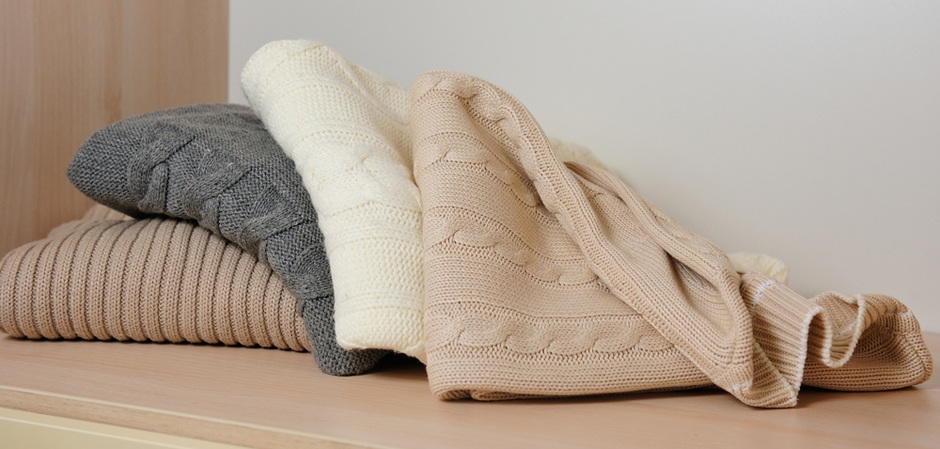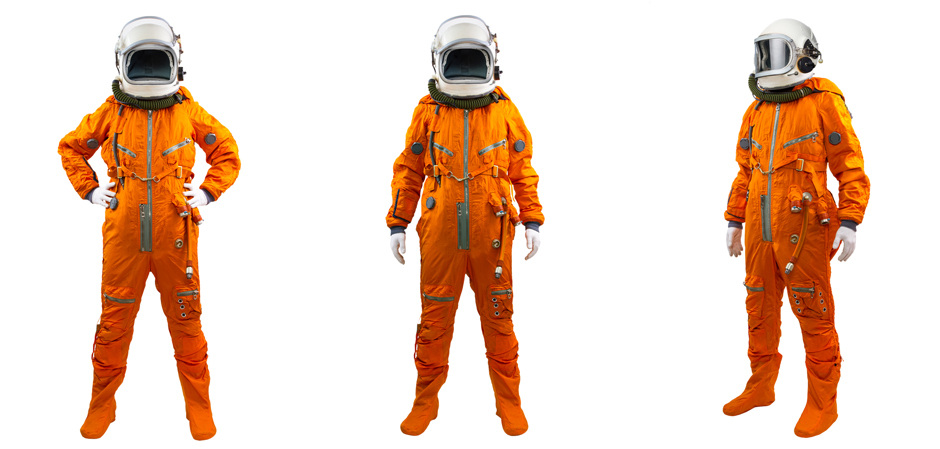Clothing is thermal insulation
Among the approaches to improving the thermal insulation properties of clothing, the principles of biomimetics, or biomimicry should be noted. This is the use of biology concepts in the artificial world. The terms are of Greek origin: bio-means "life",-mimetics and-mimicry means "copy, imitate". A British team conducted a special study to study the ability of penguins to survive in extreme cold conditions.It turned out that they have the biological ability to change the physical properties of the skin to an insulating or waterproof one thanks to a muscle connected to a feather. As this connective muscle contracts, the cover turns into waterproof, and when the penguin weakens this muscle, the cover turns into airtight and windproof. The phenomenon has been calledadaptive isolation. Attempts have been made to interpret the phenomenon of adaptive isolation in garments. The developed structure is a two-layer fabric that is joined together using strips of textile material at some angle to the plane of these two layers. The inclination of these parallel layers reduces the volume of air trapped between them, which leads to a decrease in insulation.

Another topic of research of insulating materials is the development of a polymer coating with shape memory based on polyurethane. The polymer has an elastic memory effect, the reaction occurs at the molecular level. When the user's body temperature increases, the molecular structure of the polymer coating tends to open, contributing to the removal of heat and steam from the body. When the environment is cold, the molecular structure is closed and thus heat leakage into the atmosphere is prevented. This polymer can be applied over polyester, cotton, nylon and silk.

There are other well-known and promising approaches to improving the thermal insulation properties of clothing. Let's list some of them that are already receiving experimental and serial implementation today:
- integrated thermal insulation clothing with active electric heating systems;
- thermal insulation clothing with membrane materials;
- clothing with climate control of the underground space, 3D fabric design, breathable function (nano-, micropores);
- isolation with external sensors of the state of the body (temperature and humidity) and notification functions (especially relevant for children's clothing, clothing for people with disabilities);
- clothing with heat reflection functions;
- clothes with accumulation function;
- thread-free thermal insulation clothing and others.

The considered methods of increasing the thermal insulation properties of clothing open up new prospects for industry and science for the creation of synthetic materials and types of effective clothing. The prospects are updated by state programs for the development of the Arctic, Antarctic and space. The main issue for scientists and production workers continues to be the issue of temperature equilibrium, the creation and retention of a comfortable thermal environment in the clothing space (external, internal, undergarment), as well as taking into account the characteristics of the body, modern materials and technologies that should be used as efficiently as possible in order to ensure safe human life and perform tasks for various purposes.

Nevertheless, the issue of thermal insulation safety of a person continues to be relevant. The emergence of innovative materials and technologies, as well as constructive solutions, allows not only to improve existing types of thermal insulation products, but also to create new types of clothing.
The text was prepared by: Vladislav Ivanov, PhD, Elena Mezentseva, LLC "Thermopol", Holofiber®
Photo: shutterstock